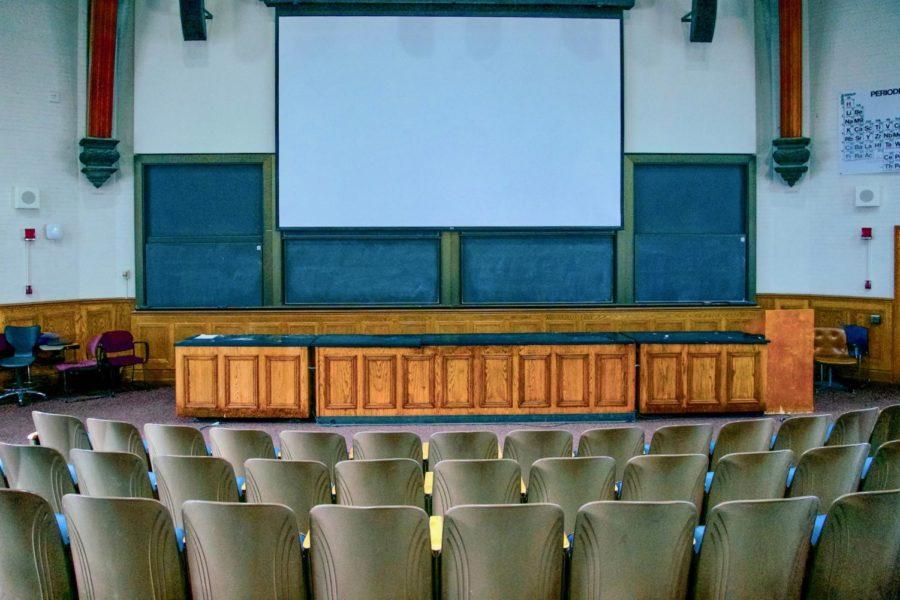Daily tutoring can double or triple the amount of math that high school students learn each year according to research out of UChicago’s Education Lab. The recently published study titled Not Too Late: Improving Academic Outcomes Among Adolescents measured the impact of providing daily 45–50 minute instruction to ninth and 10th graders who are currently enrolled in some of Chicago’s most economically disadvantaged schools.
The findings come as schools grapple with the challenges of online learning during the COVID-19 pandemic, including significant learning loss among students and the acceleration of preexisting educational disparities between school districts and socioeconomic status.
The study focused on tutoring students in math, as failing core math classes is a major driver of dropout in Chicago. In Chicago, 80 percent of students who drop out of high school cite course failures as the reason, with Algebra 1 being the most frequently failed high school course. In fact, educational research suggests that many American high school students are three or more years behind grade level in math, a pressing challenge that has been exacerbated by the pandemic.
By providing personalized instruction in accordance with the school curriculum, students were able to complement school lessons with intensive mentorship and help. The study shows that this intensive tutoring doubled or tripled the amount of math students learned in a year.
The study also suggests that the positive trends from intensive tutoring are substantial and long-term. Two years after receiving tutoring, students continued to see persistent gains in math test scores and GPA. Intensive math tutoring was also found to have spillover effects across subjects, as student grades increased in both math and non-math courses.
The study's results contravene claims by some in the research community that it is too difficult or costly to substantially improve the academic skills of children who are behind once they reach high school. The paper suggests that previous educational research has perhaps relied on “wrong interventions, failing to account for challenges like the increased variability in academic needs during adolescence, or heightened difficulty of classroom management.” The study estimated the cost of this tutoring to a below-average rate of $3,500 to $4,300 per participant per year.
The implications of this study are particularly relevant in the context of COVID-19. With positive trends predicted to persist for at least two years, the results suggest that intensive tutoring could reduce the achievement gaps that have been exacerbated by the pandemic.









